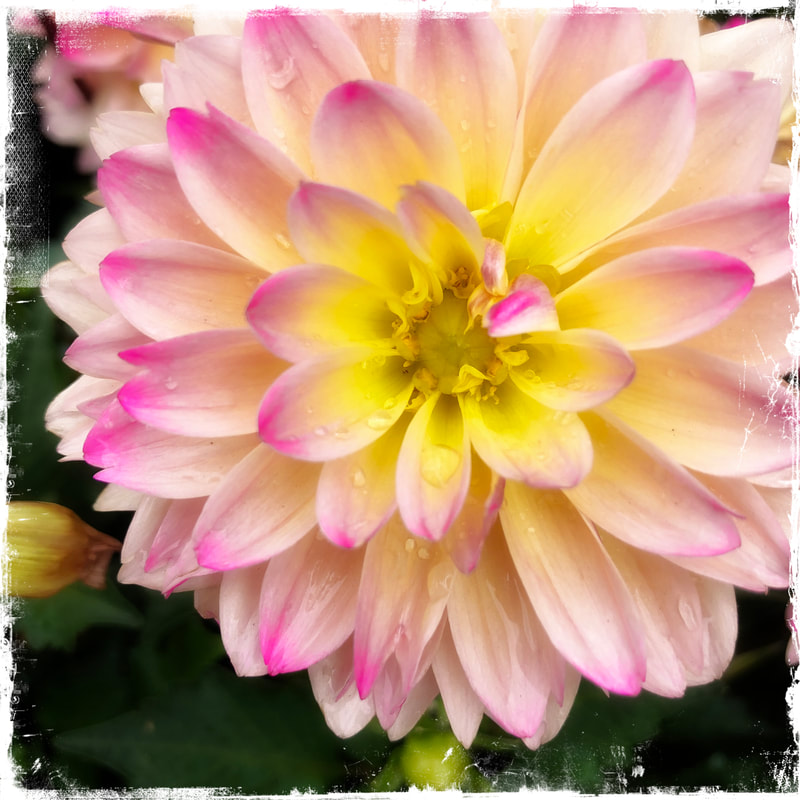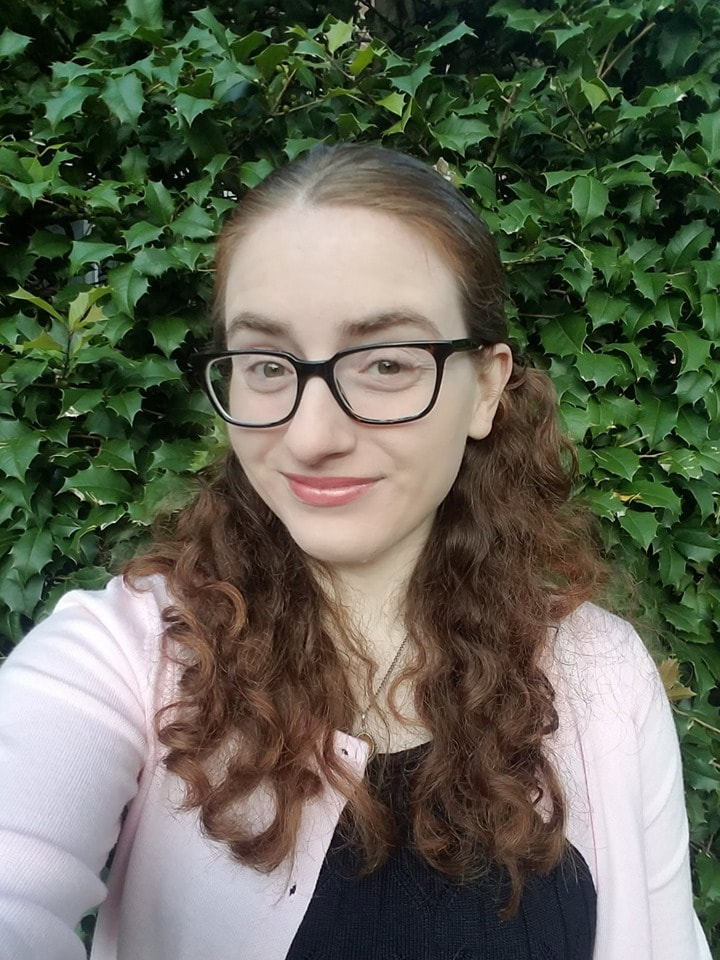ASSAY: A JOURNAL OF NONFICTION STUDIES
7.1
7.1
|
In “The Teacher as Hostess: Celebrating the Ordinary in Creative Nonfiction Workshops,” Mary Elizabeth Pope reflects on her experience in a creative nonfiction workshop where the instructor implied that “good nonfiction explored sad or scandalous topics” such as “sex, cancer, and depression” (105). This is one form of what creative writing pedagogy scholar Janelle Adsit calls “taste-policing” (51), specifically a form where “we expect students to internalize… our disciplinary taste indirectly through immersion” (49). But, as Pope continues to convey her experience in this course, she describes the ways in which such limitations of the instructor’s aesthetic valuations reject, whether intentionally or unintentionally, an inclusive pedagogical praxis. After all, Pope writes, such aesthetic expectations of content for creative nonfiction “can alienate students who have either not had such dramatic life experiences, or who have had them but may not be inclined to share them” (105-106).
Students often express trepidation about finding something to write about, confiding concerns that their life, as a basis for crafting creative nonfiction, is not “interesting enough.” It is possible that these students are measuring their lives-as-subject against story creation in fiction. Crafting tension and drama might use similar techniques in fiction and nonfiction, but tension in these two forms of writing doesn’t have to be similar by necessity. The goal is to help students find strategies to arrange, contextualize, and express their unique life experiences in a way that is engaging and provocative for readers.
|
|
Audrey T. Heffers, who also writes under Audrey T. Carroll, is the author of Queen of Pentacles (Choose the Sword Press, 2016). Her work has been published or is forthcoming in Prismatica Magazine, peculiar, Glass Poetry, Vagabond City, So to Speak, and others. She received her BA in Creative Writing from Susquehanna University and her MFA in Creative Writing from the University of Central Arkansas. She is a bisexual and disabled/chronically ill writer who serves as a Diversity & Inclusion Editor for the Journal of Creative Writing Studies. She can be found at http://audreytcarrollwrites.weebly.com and @AudreyTCarroll on Twitter.
|

